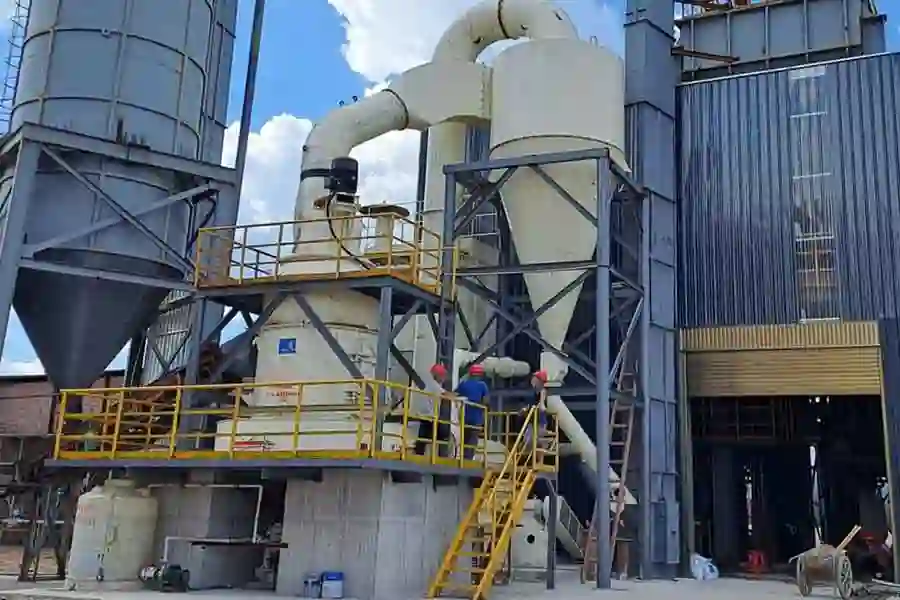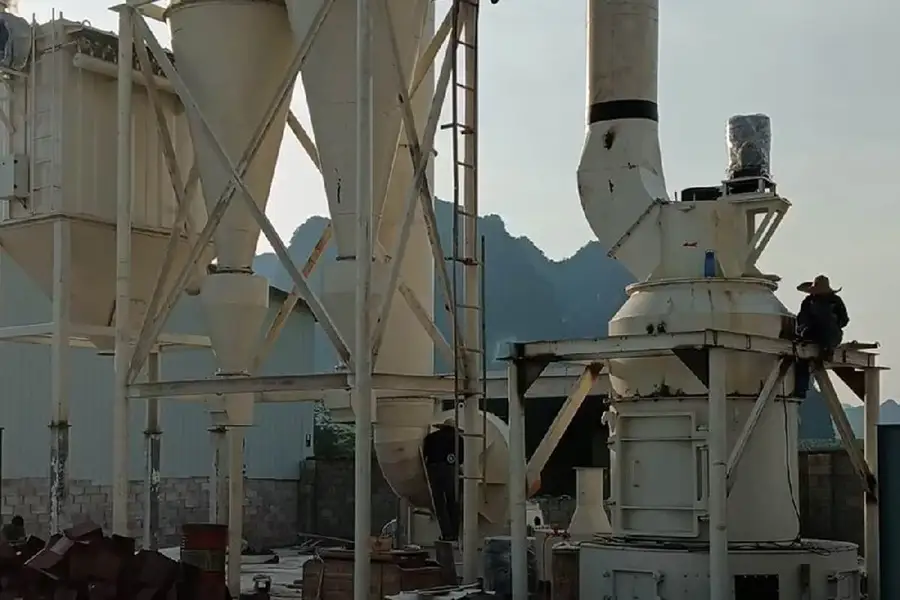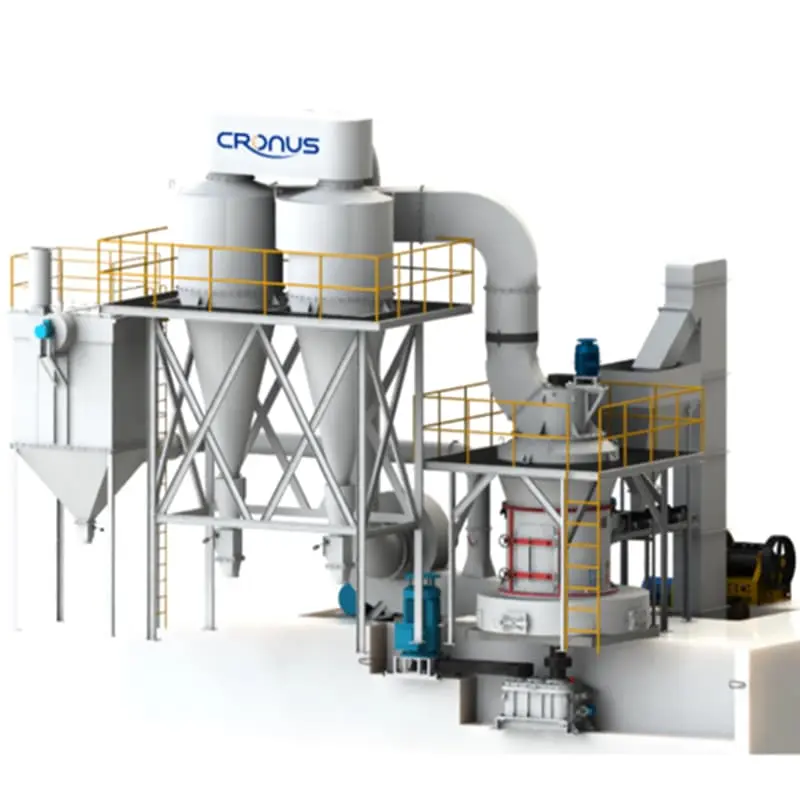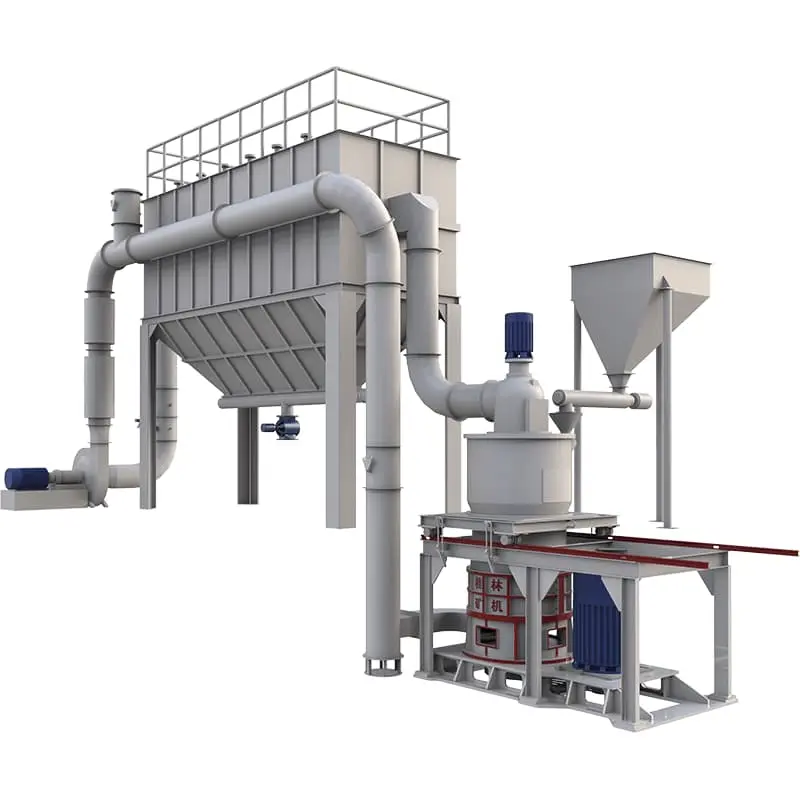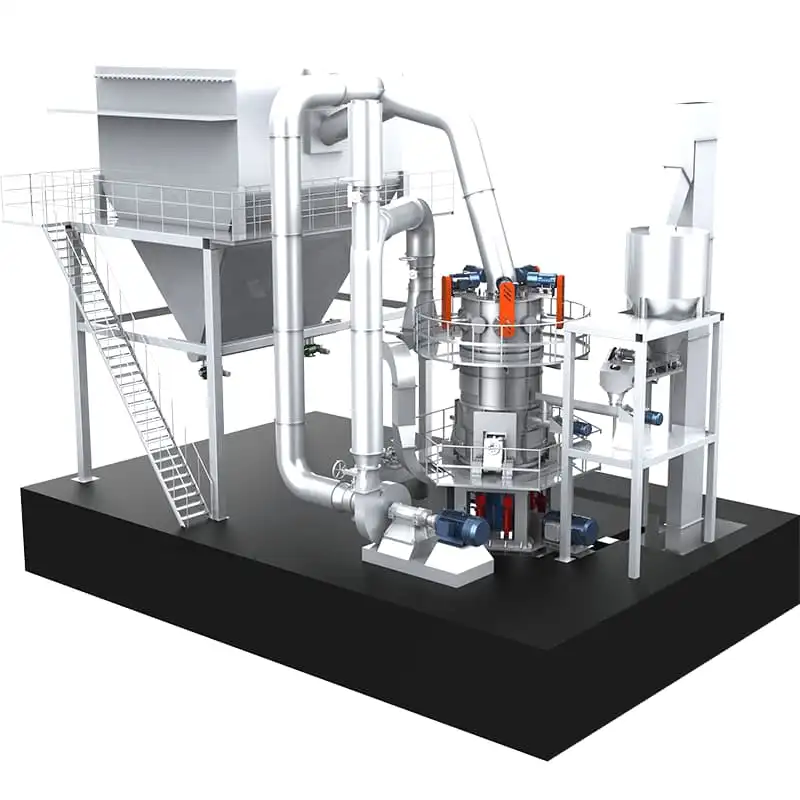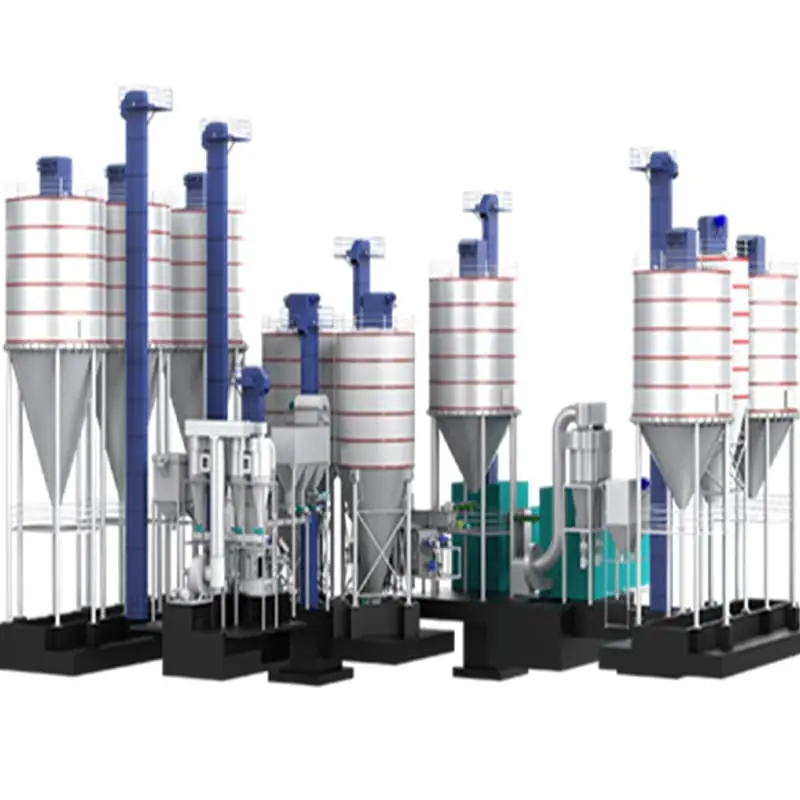- Vertical grinding mill processes calcium carbonate
- Vertical grinding mill processes talc
- Vertical grinding mills process barite
- Ultrafine grinding mill processes iron oxide red
- Mongolian mill processing siderite
- Raymond mill processing blast furnace slag
Telephone:
+86-18290113988 (whatsapp) Kase
+86-13248239223 (whatsapp) Cecilia
+86-17317879223 (whatsapp) Fandi
+86-19921225405 (whatsapp) Luna
Email:sales@shcronus.com
Raymond mill processing sepiolite
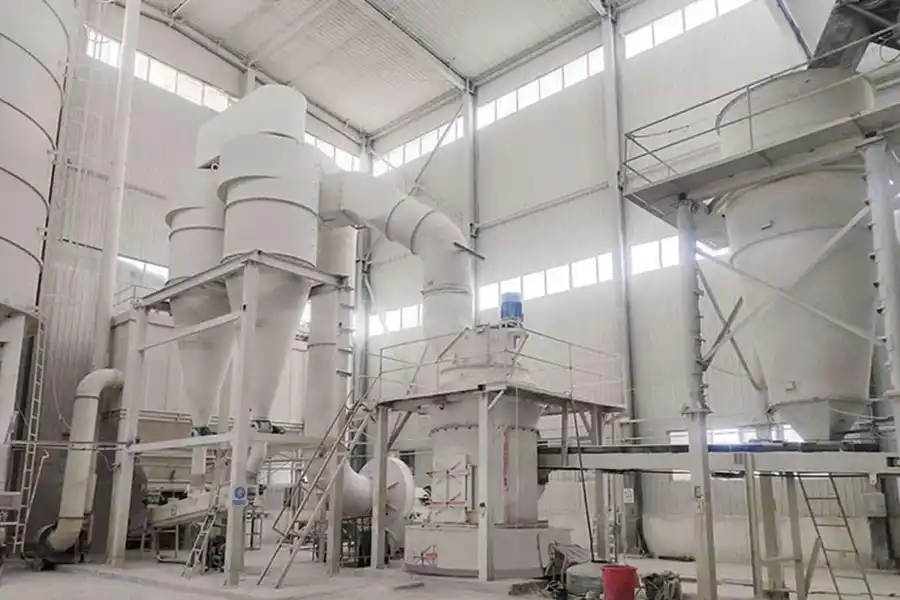
- Publication time:2025-08-04
- Click:22
What is sepiolite?
Sepiolite is a natural fibrous hydrous magnesium silicate clay mineral with the chemical formula Mg₄Si₆O₁₅(OH)₂・6H₂O. Its high magnesium content endows it with chemical activity, and its layer-chain crystal structure fills its interior with micro-channels and pores. Physically, it comes in various colors, has a low density (1 - 2 g/cm³), can float on the water surface when dry, has a large specific surface area (900 m²/g), strong adsorption capacity, is heat-resistant (about 1500℃), and corrosion-resistant.
The processing technology of sepiolite by Raymond mill
Raw material pretreatment: The raw ore is crushed into particles of ≤3cm by equipment such as jaw crushers or hammer crushers. If the moisture content is higher than 10%, it needs to be dried in the sun or by a dryer to prevent material adhesion and equipment blockage during grinding.
Grinding operation: The pretreated particles enter the grinding chamber through a feeder. The grinding rollers and grinding rings crush the material by rolling, and the shovel scoops up the material and sends it to the grinding area.
Classification system: The rotating turbo classifier screens the ground powder. Qualified powder enters the powder collector, and coarse powder is returned for regrinding. The finished powder is collected by a cyclone separator and a pulse dust collector and then packaged.
Fineness adjustment: The fineness can be adjusted by adjusting the rotational speed of the classifier or the air volume of the fan. Increasing the speed and air volume can produce finer powder, while decreasing them can produce coarser powder. The fineness of the finished product usually reaches 80 - 400 mesh. For producing superfine powder (above 600 mesh), a secondary classification system can be equipped.
Key points of processing sepiolite by Raymond mill
Treatment of fiber characteristics: Optimize the classification system to increase the yield of fine powder and solve the problem of high aspect ratio particles caused by the fibrous characteristics of sepiolite.
Selection of wear-resistant parts materials: Select wear-resistant parts made of high manganese steel or alloy materials to resist the wear of silica in sepiolite. Regularly inspect and replace severely worn parts.
Anti-blocking and dust removal measures: Keep the mill ventilated and dry to prevent powder from adhering and blocking the pipeline. Configure an efficient pulse bag dust collector to capture fine dust and ensure the production environment and the health of operators.
Model selection decision: When choosing sepiolite processing equipment, enterprises need to comprehensively consider factors such as purpose, finished product fineness, production capacity requirements, and budget. Regularly check the wear of the grinding rollers (maintain once every 500 hours) to ensure the normal operation of the equipment.
Summary
Using a Raymond mill can efficiently prepare sepiolite powder with different finenesses. However, attention should be paid to optimizing fiber characteristics, equipment wear resistance, and anti-blocking design. Reasonably select the model according to requirements and conduct regular maintenance to ensure stable and efficient production.
- Previous:Raymond mill processing brucite
- Last:Raymond mill grinds mica
向下滚动页面显示"置顶"按钮...


